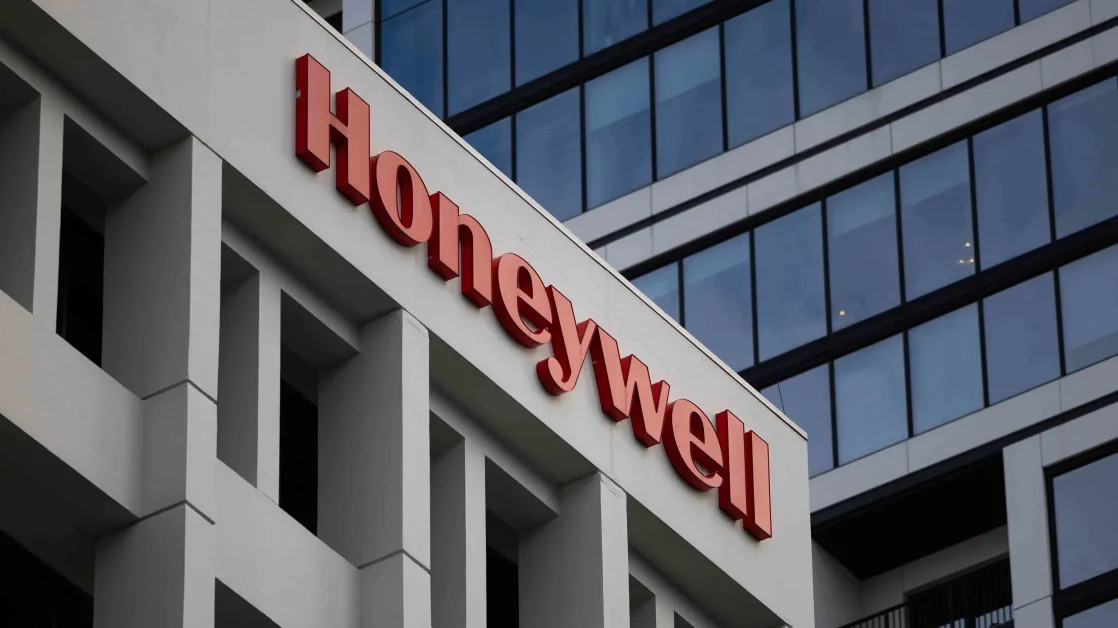
Some stocks are cheap for a season. Others are cheap for a reason. And that reason doesn't go away over time.
It's not always easy to differentiate between these two groups. However, there are some stocks that I'm confident belong in the former category rather than the latter. I predict that these could be the best-performing value stocks through 2030.
1. D.R. Horton
D.R. Horton (NYSE: DHI) stock is still dirt cheap with shares trading at a forward price-to-earnings ratio of only 11. However, the homebuilder has a lot of momentum right now. It's up close to 30% since the beginning of July. I expect D.R. Horton's momentum will continue both over the near term and the long term.
The big near-term catalyst for the company could come as early as September, when the Federal Reserve is widely expected to lower interest rates. This could lead to several dominoes toppling. Lower interest rates could lead to lower mortgage rates...lower mortgage rates could lead to increased homebuying...increased homebuying could boost D.R. Horton's sales and profits.
D.R. Horton has managed a higher-interest-rate environment well, in part due to offering incentives to homebuyers. But Jessica Hansen, the company's head of investor relations and senior vice president of communications and people, said during the Q2 earnings call in mid-July, "Obviously, any pullback in rates, we would call beneficial, and we would expect to have some relief on the incentive front."
Even better, though, is this long-term tailwind: The U.S. faces a housing shortage estimated to be as high as 4.5 million homes. As the largest homebuilder in the nation, D.R. Horton is in an especially great position to benefit from the need for more houses.
2. Energy Transfer
Energy Transfer (NYSE: ET) is even more of a value stock than D.R. Horton. Units of the limited partnership (LP) trade just below 10 times earnings estimates. What's especially notable about this valuation is that Energy Transfer is up nearly 70% over the last three years and has risen over 15% so far in 2024.
I expect Energy Transfer to deliver attractive total returns through the rest of this decade. The midstream energy company's distributions should help a lot on that front. Its distribution yield currently tops 8%, and Energy Transfer plans to increase its distribution by 3% to 5% per year.
Analysts surveyed by LSEG project that Energy Transfer will grow its earnings by an annual average of 14% over the next five years. I think that growth rate is quite attainable and could extend for even longer.
The global demand for crude oil, natural gas, and natural gas liquids will likely increase regardless of who is in the White House, and Energy Transfer's acquisitions and organic expansion should drive growth that, combined with its juicy distributions, generate exceptional total returns.
3. Pfizer
The average healthcare stock in the S&P 500 trades at nearly 19 times forward earnings. Pfizer 's (NYSE: PFE) forward earnings multiple is roughly 11. The big drugmaker's stock performance has been lackluster at best in 2024 and downright disastrous over the previous two years. However, I like Pfizer's prospects.
Declining sales for COVID-19 products have been like an albatross around Pfizer's neck in recent years. But the worst is over, in my view. I predict Pfizer's COVID-19 vaccine revenue will even increase if the company's combination COVID-flu vaccine wins regulatory approval.
Pfizer does face the loss of patent protection for multiple products over the next few years. The good news, though, is that the company's acquisitions and research and development investments should pay off. Pfizer thinks it will generate more than enough revenue to offset the looming patent cliff.
I expect Pfizer's dividend will give it a similar advantage as Energy Transfer's distribution gives the midstream company. Pfizer's dividend yield stands above 5.8%. It shouldn't take much share price appreciation for Pfizer to be one of the best value stocks around based on total return.
Before you buy stock in D.r. Horton, consider this:





